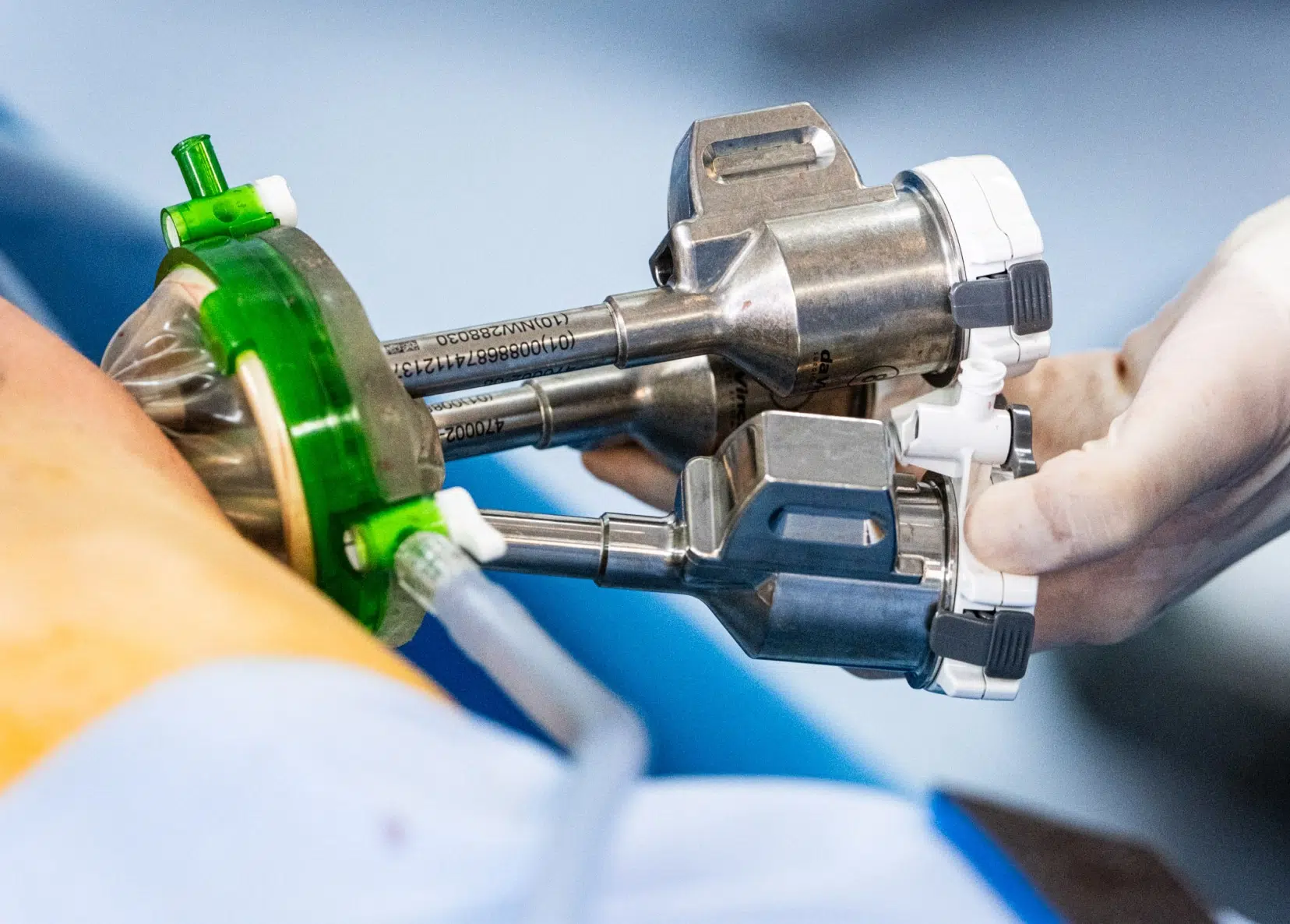Endoscopic breast surgery is a minimally invasive surgical technique used to operate on the breast using an endoscope. Inserted through small incisions, this optical tool provides a detailed view of internal structures, minimizing tissue trauma and reducing scarring.
This approach is especially valued for its effectiveness and minimal aesthetic impact.
Endoscopic breast surgery
Endoscopic surgery applied to breast procedures marks a significant advancement in the medical field, offering a less invasive and more precise approach. This technique uses an endoscope a thin instrument equipped with a camera and light that enables surgeons to visualize and operate inside the body without the need for large incisions.

What is endoscopic breast surgery?
When is endoscopic breast surgery indicated?
This technique is used for various breast procedures, including:
- Axillary breast augmentation
- Certain prophylactic mastectomies
- Excision of benign breast tumors
It may also be used during breast reconstruction procedures to improve symmetry and precision in the final result.
How endoscopic breast surgery is performed at MIB Center Paris?
At MIB Center Paris, the procedure begins with the administration of appropriate anesthesia usually local with sedation or general, depending on the operation.
Small incisions are made in strategic locations, such as the armpit or inframammary fold, to insert the endoscope and surgical instruments.
The surgeon works in real-time under high-definition visual control, provided by the endoscope. This precision allows for surgical gestures to be performed with minimal impact on surrounding tissues.
Once the procedure is complete, the incisions are carefully closed with fine sutures to minimize scarring.
A post-operative follow-up is put in place to ensure optimal healing and a quick return to daily activities.
What are the advantages of endoscopic surgery?
One of the main benefits of endoscopic surgery is the reduction in scarring. The small incisions needed for the endoscope and instruments leave minimal visible marks, which is particularly important in breast surgery where aesthetics are often a priority.
In addition, endoscopic surgery typically results in less post-operative pain and a faster recovery. Patients can often return to normal activities sooner than with traditional surgery, greatly improving their quality of life. The risk of complications, such as infections or bleeding, is also lower due to the minimally invasive nature of the technique.
The enhanced precision of endoscopy allows surgeons to better visualize the internal breast structures, making it easier to excise tumors and other abnormalities with great accuracy. This real-time view helps preserve as much healthy tissue as possible, which is essential for optimal functional and aesthetic outcomes.
Moreover, endoscopic breast surgery can be used for a wide range of procedures, including biopsy, cyst removal, and even certain reconstructive techniques. This versatility enables a more personalized approach, tailored to the specific needs of each patient.
The benefits extend beyond patients. Surgeons also benefit from improved ergonomics and reduced fatigue, as endoscopic procedures demand less prolonged physical effort. This contributes to safer and more efficient surgeries.
Finally, the endoscopic approach allows for better preoperative planning. The detailed images provided by the endoscope enable surgeons to accurately map the procedure, which can lead to better results and shorter operating times.
In summary
In conclusion, endoscopic breast surgery offers numerous advantages, including minimal scarring, faster recovery, and increased precision. It represents a significant step forward in the treatment of breast conditions, providing less invasive, more aesthetic solutions for patients.
exchanges with web users
exchanges with web users